This artist re-creates California wildflowers in a stunning Instagram art showcase

- Share via
Barnali Ghosh, 48, grew up in Bangalore, India, before moving to Berkeley to study landscape architecture in graduate school. She designed parks in San Francisco and Fremont. She sat on the Berkeley Transportation and Infrastructure Commission. She gave radical history walking tours of her city that focused on the South Asian community. And she studied Odissi, a classical form of Indian dance focusing on sensuality and strength.
Then, like the rest of us, she found herself cooped up inside her home when the COVID-19 pandemic hit.
In the early days of lockdown, L.A.’s Getty Museum started the Getty Museum Challenge, asking people with pent-up artistic skills to re-create famous artworks with materials they found at home. Ghosh was inspired to launch a series called “Unfaithful Re/creations,” which included her homages to mostly South Asian and Asian American artwork, among them Rabindranath Tagore’s “Woman With a Flower” and statues from the Indus Valley civilization. But the true breakthrough came in the spring of 2021, when she spotted a flower on a neighborhood walk. “I was looking at a wisteria,” she told me, “and I saw a dance form. I saw a dance that I do in Odissi, and I saw the color of a sari I had at home.” She went home, donned a sari in the wisteria’s violet and yellow and struck a pose — and her project took on new life.
It would have been hard to find better timing. Not only was it about to be California Native Plant Week, but also, COVID-19 vaccines had just become widely available. Ghosh celebrated her first dose with an ode to our state flower, the California poppy. In the image, Ghosh’s sari mirrors the poppy’s iconic orange and green palette. The pose communicates the literal act of sringar — in Odissi, dressing up in front of a mirror with the joy and anticipation of meeting a lover; in this context, it’s with the joy and anticipation of rejoining life, friends and loved ones again.
What she dubbed “the floral edition” of Unfaithful Re/creations took off on social media, especially after she posted the California poppy to the California Native Plant Society Facebook page. Though she’d been a member of the group for a decade, she was nervous about posting this very personal artistic interpretation, but the response was overwhelmingly positive. Lupine, California peony, Matilija poppy and many others followed. She connected with photographer Amy Patten, who provided Ghosh with images of rare and endangered California wildflowers that Ghosh said “opened up a whole other world that I might never see in my lifetime because [these plants] grow in places that most of us can’t access.” She was immediately enchanted by a photo of the Tiburon mariposa lily, which she still speaks about with reverence.
Ghosh has continued the project, putting on gallery shows and live presentations. She even assembled a calendar after her followers requested one, and she’s considering how she might incorporate her work into multimedia talks and walking tours.
Despite the series’ clever title, it’s far more than mere re-creation. Ghosh thinks deeply about the poses that each flower inspires. Her work tackles colonialism and questions what is native and what is exotic, and what those terms mean. Most of all, it is about seeing the beauty in our world, wherever it happens to be. Some of the first flowers that inspired the project were found in her neighborhood Safeway parking lot; others were spotted at the Tilden Regional Parks Botanic Garden. “For me,” she said, “these flowers have become kind of like friends. I see them, I know their names, and I’m like ‘Oh, yeah, this is where I belong.’ ” Earlier this year, she finally got to see a Tiburon Mariposa Lily in person.
I spoke with Ghosh about the places that inspire her, how we should think differently about nature, and what she doesn’t leave for a walk without.
What does being in nature mean for you?
Rather than being “in nature,” I think of being “with nature.” My father passed away six years ago. In the months soon after, I started taking night walks outside the apartment building in India where I was staying with my mom. My encounters with nature during those quieter, darker hours — with fallen leaves, blossoming flowers and tall trees — helped me find joy, healing and strength during an especially difficult time in my life.
What’s a place that inspires you and why?
I get absolutely blown away every time I visit the Point Arena-Stornetta Public Lands in Mendocino County, the only land-based portion of the California Coastal National Monument. Walking on the trail in the fog or when the sun makes the Pacific Ocean shimmer, among resilient wildflowers, with a view of ancient geologic features, is nothing short of magical and awe-inspiring. It reminds me of the importance of maintaining public access to our coastal lands and beaches.
If you could change one thing about the way people think of nature, what would it be?
Suburban sprawl has had devastating impacts on our ecological systems. So many of our wildflowers have been endangered by this form of development. I would love for more folks to understand how well-designed dense cities with green infrastructure and good public transit can help us preserve the wild places that we love. Saying yes to an infill apartment building or a protected bike lane could be one of the best things we do to protect our planet from the global impacts of climate change, and to reduce our human footprint on adjacent natural areas.
What’s your personal can’t-live-without item when you’re outside?
Earmuffs! As much as I love walking along the rugged Northern California coast, the cold winds, even in the summer, can be uncomfortable. I also have a healthy obsession with making sure I always have more than enough water, and an unhealthy obsession with always having some candy with me for when I need a little pick-me-up.
What’s your No. 1 tip for people who want to strengthen their relationship with nature?
I would recommend finding a guide, or an institution like a museum or botanical garden, to help educate and ease you into the relationship. We also need to acknowledge that there are systemic barriers to accessing nature, especially for people of color, and governments and institutions need to invest in things like public transit to parks and urban gardens and street trees in historically underserved areas. For me, the Regional Parks Botanic Garden in Tilden Park has been an invaluable resource in increasing my knowledge about native plants from all over California. Entry is free, and it’s open every day of the week.
3 things to do
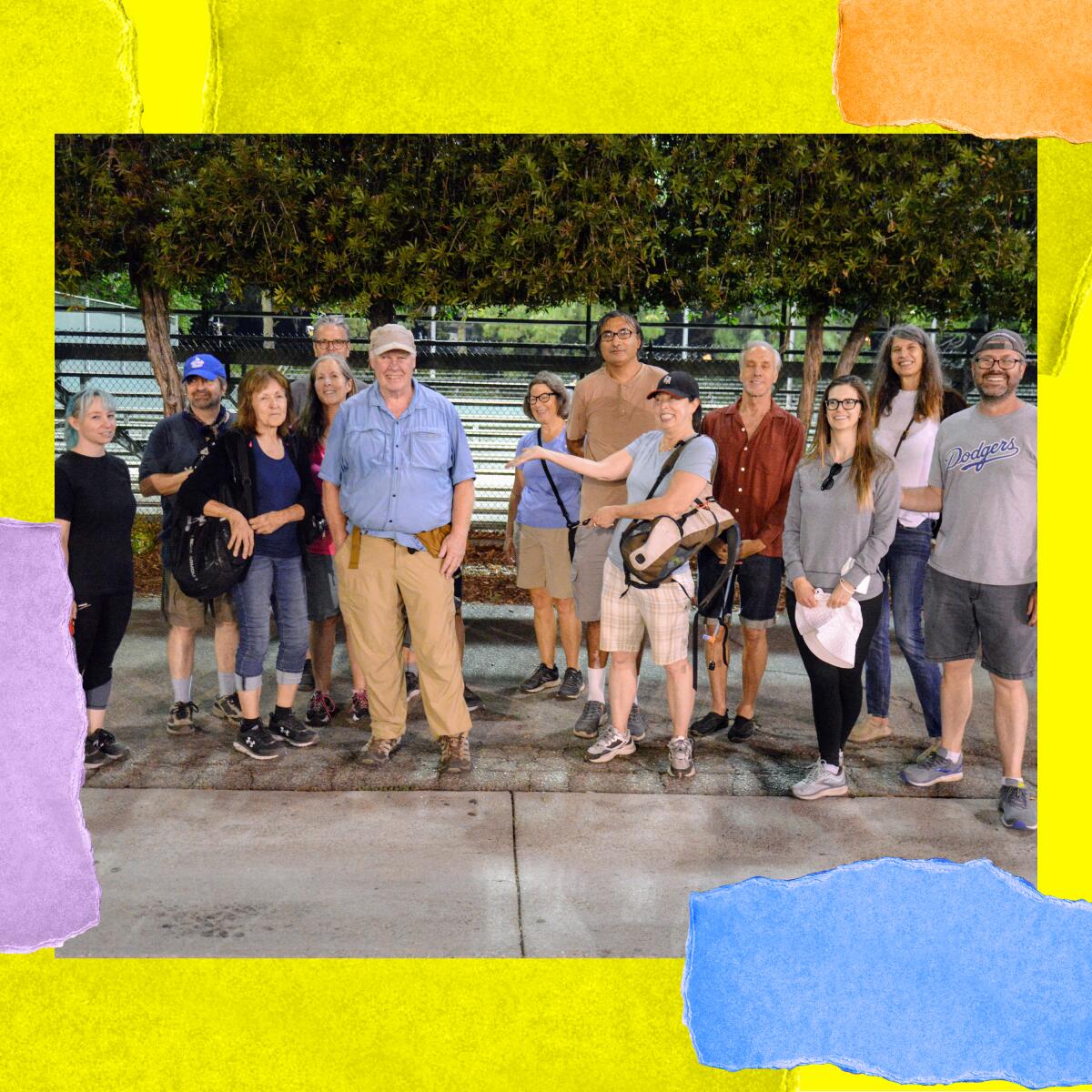
1. Trek through Elysian Park. Bob Inman might be one of L.A.’s greatest walking enthusiasts (he’s the author of “Finding Los Angeles by Foot” and “Urban Hikes Southern California”). He is also one of the most welcoming and enthusiastic hike leaders you’ll find. Join him on a 5.5-mile “ramble” through L.A.’s first park on Sunday from 11 a.m. to 2:30 p.m. Spots are limited, and there’s a $5 registration fee. Bob’s old-school in all the best ways, so email him at [email protected] to get the first word on his upcoming events. They fill up fast!
Get The Wild newsletter.
The essential weekly guide to enjoying the outdoors in Southern California. Insider tips on the best of our beaches, trails, parks, deserts, forests and mountains.
You may occasionally receive promotional content from the Los Angeles Times.
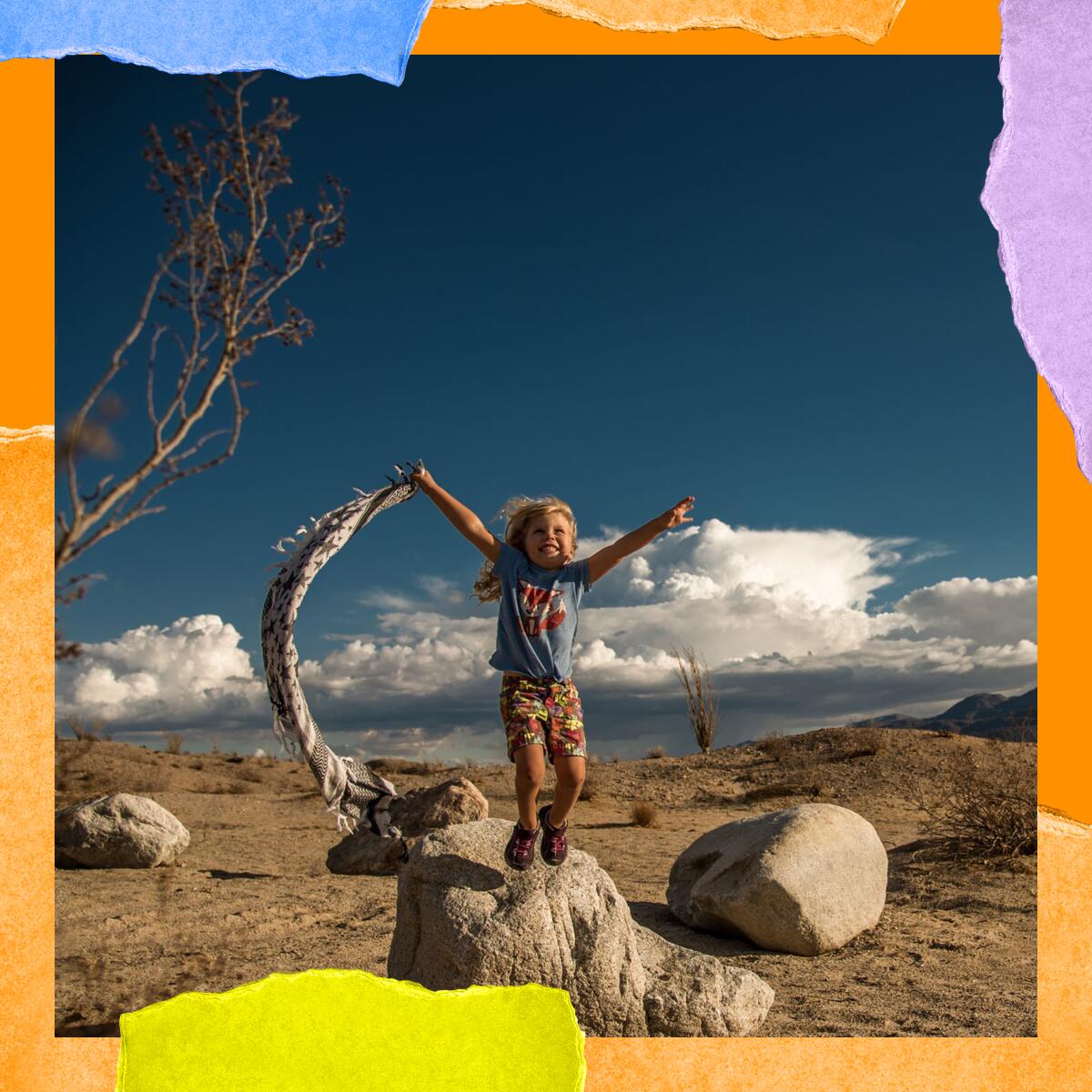
2. Vote for your favorite desert photo. Entries for the annual Anza-Borrego Desert Photo Contest closed this week, but voting begins this weekend! Starting Saturday, head to the photo contest page to vote for your favorites in a variety of categories, including nightscapes, black-and-white, animals and more. The contest’s best-of-show grand prize winner will receive a 2.5-hour private 4x4 excursion in the park. But everyone who checks out the photos will be inspired to visit the largest state park in California, and that’s pretty solid, too. Voting is free and can be done through Jan. 10.
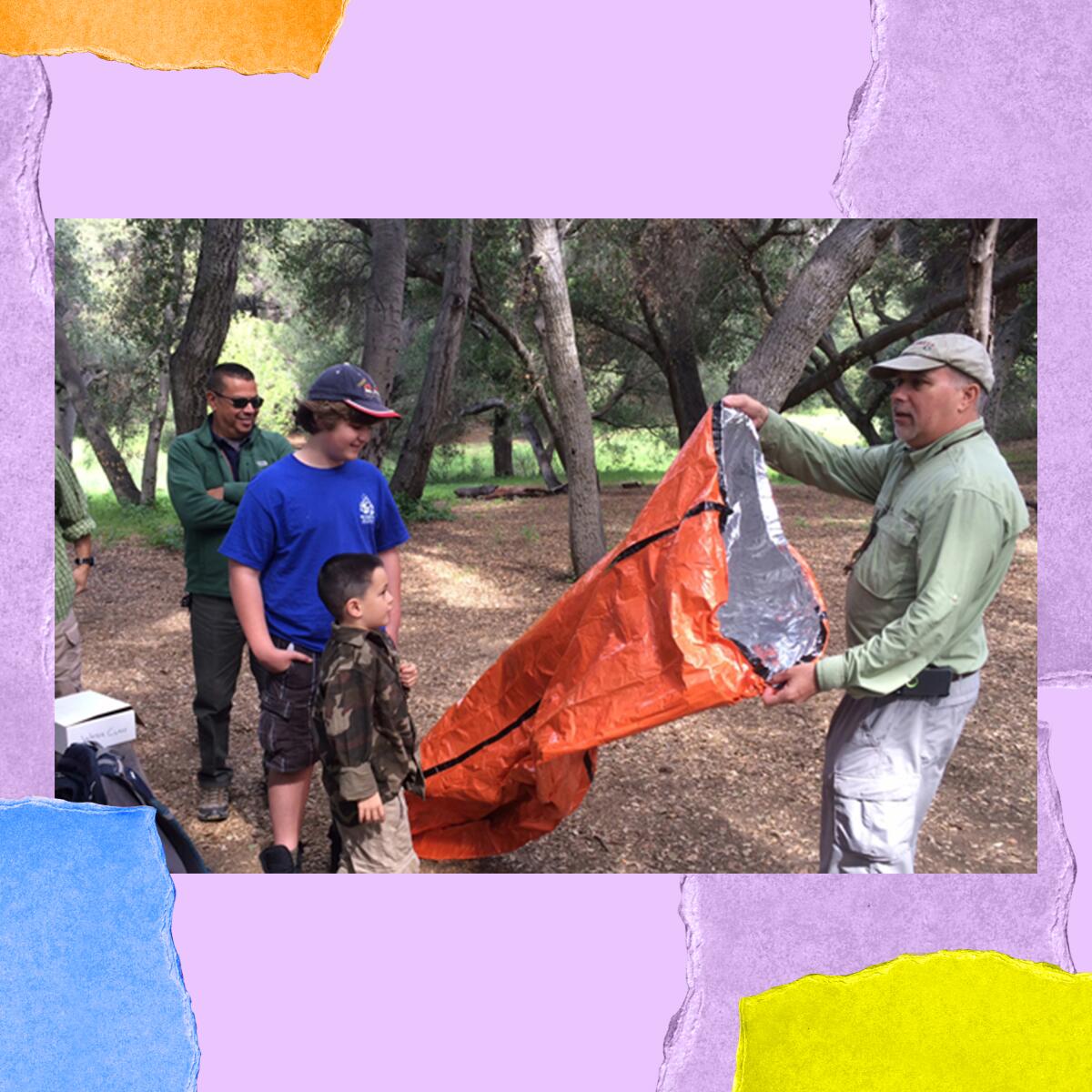
3. Brush up on your survival skills. A wilderness survival primer is never a bad idea, just in case you ever have to spend an unplanned night (or two) in the mountains and canyons. This two-hour-long free class includes demonstrations and discussion, and you’ll learn to prep your own survival kit. Head to the Visitor Center at King Gillette Ranch on Saturday at 10 a.m.; bring a camp chair in case tables fill up. No RSVP is required. For more information, head here.
The must-read
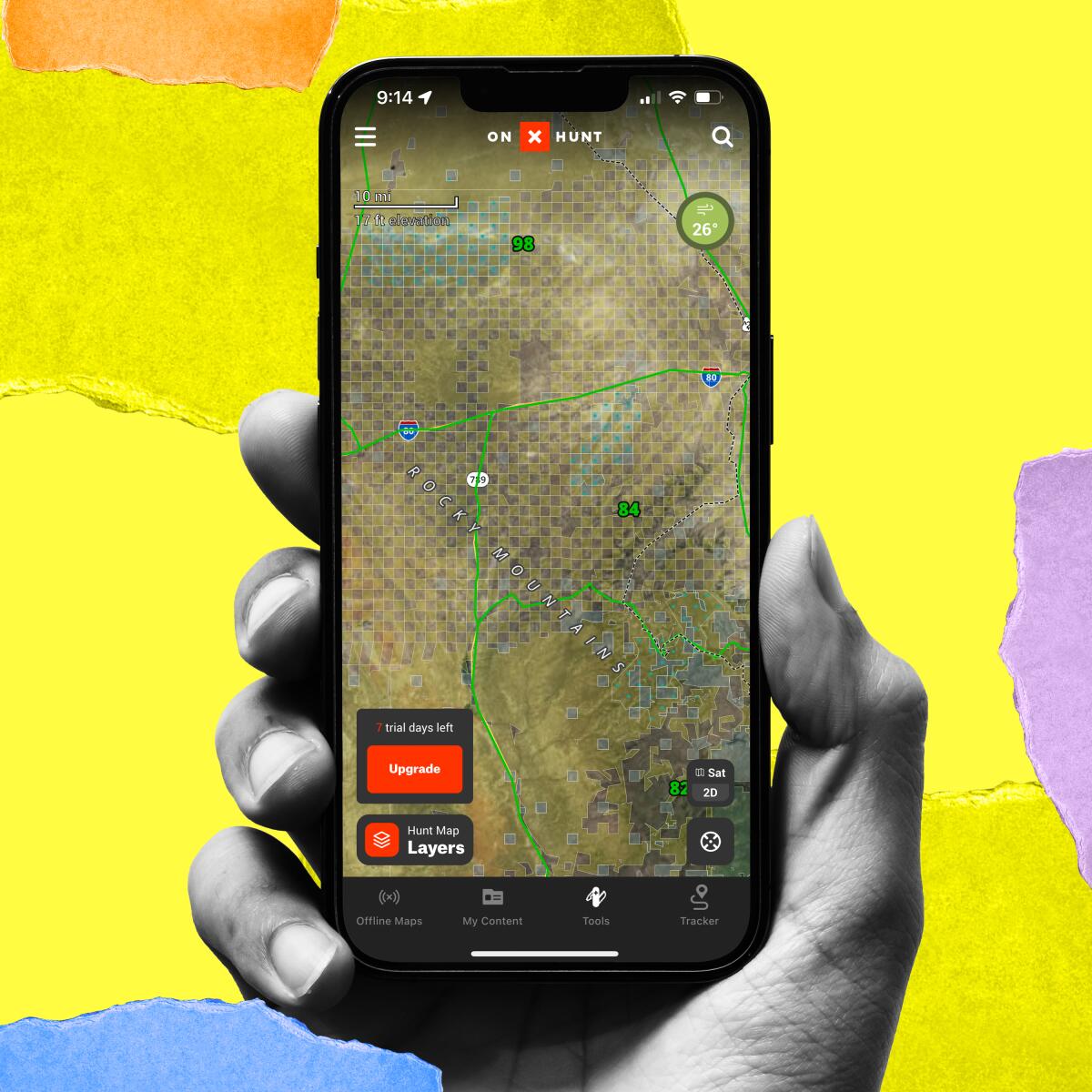
A few weeks back, our BLM-land enthusiast Josh Jackson said that offline topo maps from the onX mapping service and app were his must-have outdoor item. The app has been around since 2009, but recently, it has become the center of a federal case. A landowner in Wyoming is accusing hunters of trespassing, even though they were hunting on publicly owned land. The public land in question is surrounded by private land — a common feature in land boundaries in the West (think of those “checkerboards” you often see on park maps). In this particular case, it’s hunters, but it’s another reminder that public access to public lands affects everyone, whether it’s anglers, climbers, backcountry skiers or hikers. Ben Ryder Howe tackles this complex issue in the New York Times.
Check out “The Times” podcast for essential news and more.
These days, waking up to current events can be, well, daunting. If you’re seeking a more balanced news diet, “The Times” podcast is for you. Gustavo Arellano, along with a diverse set of reporters from the award-winning L.A. Times newsroom, delivers the most interesting stories from the Los Angeles Times every Monday, Wednesday and Friday. Listen and subscribe wherever you get your podcasts.
Cool stuff
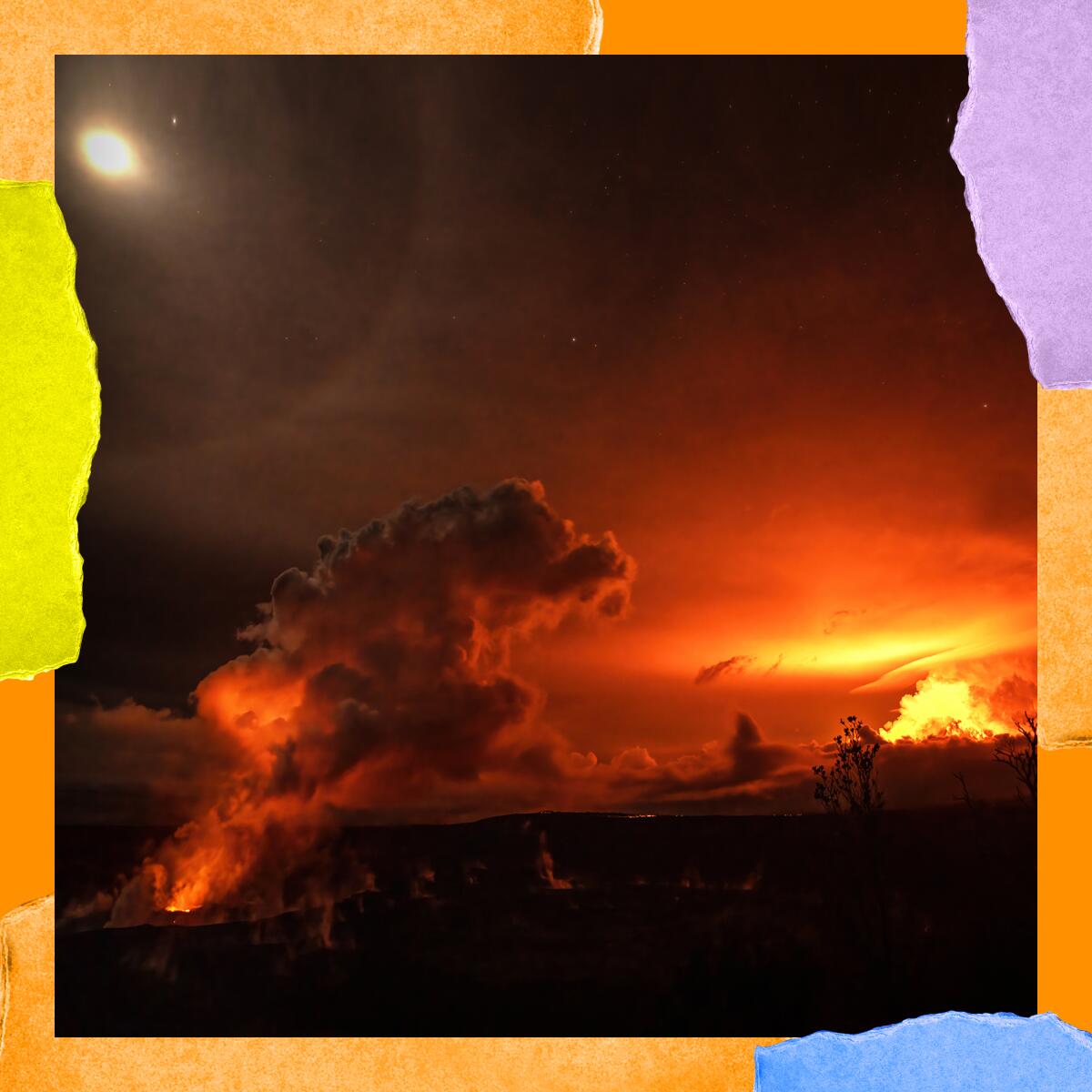
OK, I know the header says “Cool stuff,” but this stuff is actually pretty hot. California has at least seven active volcanoes, but we don’t hear that much about them since the last eruption, at Lassen Peak, was back in 1917. Not so for the island of Hawaii, home to Hawai’i Volcanoes National Park, which encompasses the summits of Kīlauea and Mauna Loa, two of the world’s most active volcanoes. Kīlauea was erupting continuously from 1983 through 2018; eruptions resumed in late 2020 and have been ongoing since 2021. Last week, Mauna Loa started erupting for the first time in 38 years. Although the lava flow may be threatening some highway infrastructure, it’s moving slowly, and officials are not especially concerned about safety. In fact, they’re saying it’s a great time to visit the island! If you can make it over there, the Park Service has a helpful guide for spots to see Mauna Loa and Kīlauea erupting from the same viewpoint. If you’re not up for a trip to the Big Island, check in with the USGS webcams, watch some stunning aerial video from Paradise Helicopters, and scroll through this BuzzFeed News photo collection.
P.S.
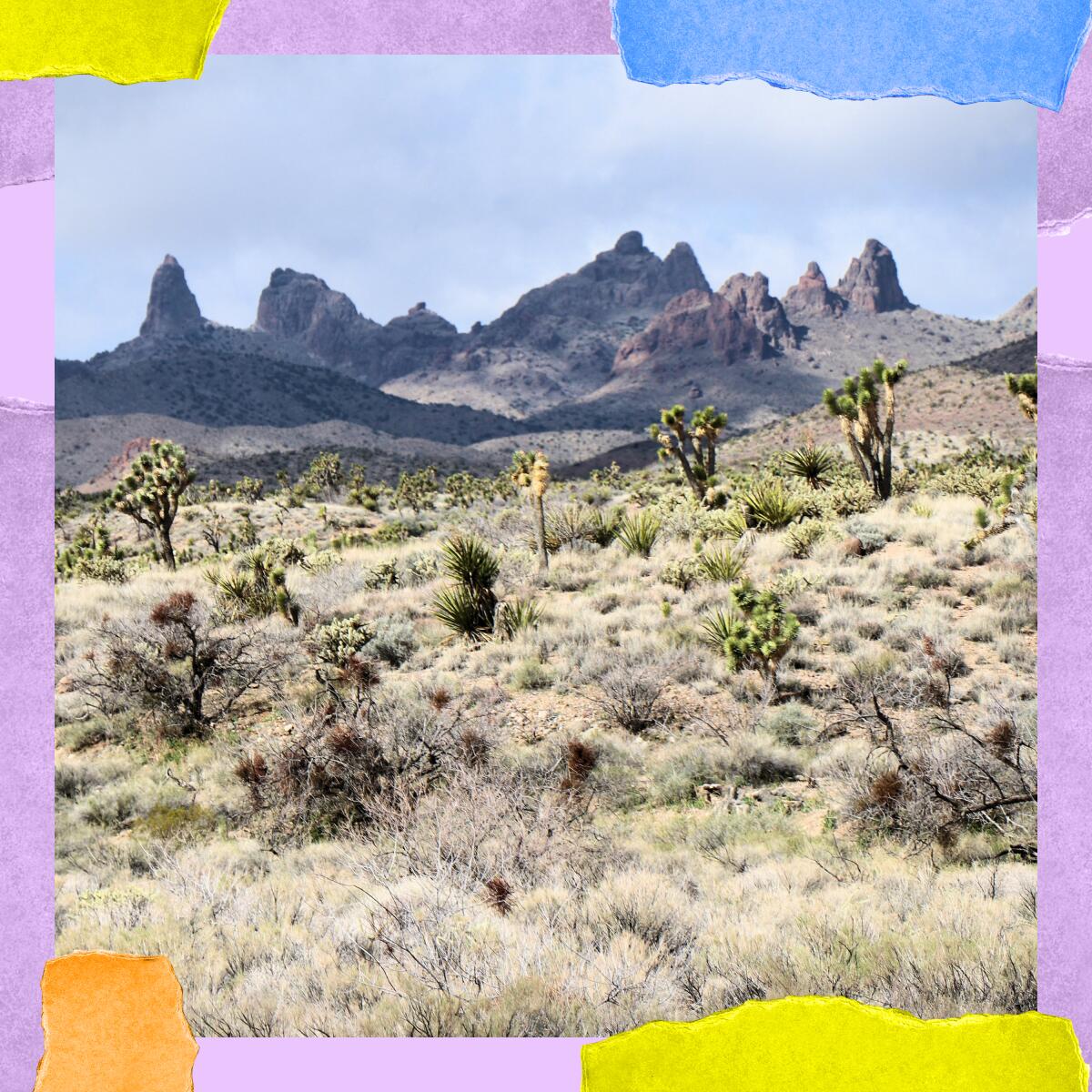
Last week, the Washington Post landed a scoop that President Biden was about to name a new national monument centered around Spirit Mountain in southern Nevada, where the state is squished between California and Arizona. Although I saw a lot of notes of excited support from outdoor and preservation organizations, when Biden finally spoke, he “committed to protect” the land but didn’t officially take action.
National monuments can be created through acts of Congress or established by presidential decree via the 1906 Antiquities Act. That’s how we got Death Valley, Joshua Tree and the Channel Islands before they were made into national parks … and how we more recently got Mojave Trails, Sand to Snow, Castle Mountains, and the San Gabriel Mountains national monuments here in California.
The national monument process can be lengthy and confusing (I wrote a breakdown a few years back), but Biden is generally expected to name the proposed Avi Kwa Ame (ah-VEE-kwah-may) National Monument, which would provide habitat connectivity among the Mojave Trails and Castle Mountains national monuments, the Mojave National Preserve, and Lake Mead National Recreation Area. To learn more about this land and the wildlife and people in it, head to this excellent site.
For more insider tips on Southern California’s beaches, trails and parks, check out past editions of The Wild. And to view this newsletter in your browser, click here.
Sign up for The Wild
We’ll help you find the best places to hike, bike and run, as well as the perfect silent spots for meditation and yoga.
You may occasionally receive promotional content from the Los Angeles Times.




